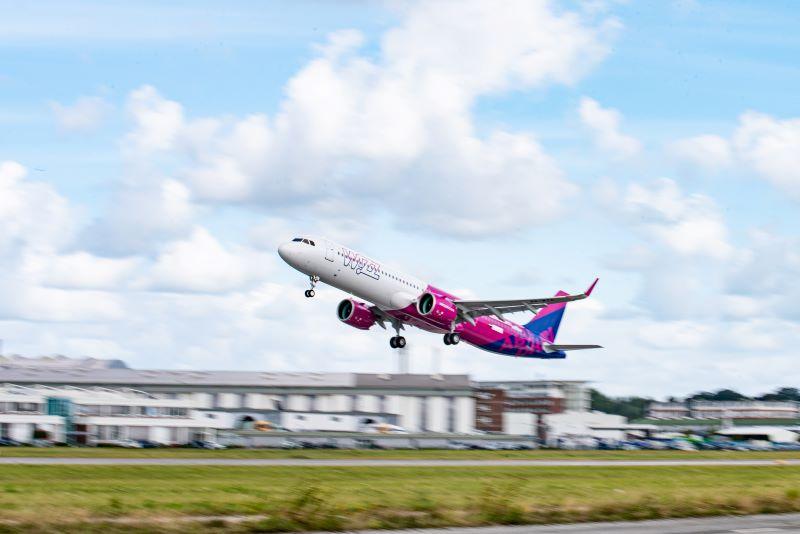
Wizz Air's A321neos are its longest-range aircraft, but the A321XLR will better them when the new fleet starts to arrive in 2025.
Credit: Airbus Operations GmbH 2020
LONDON—Wizz Air will spread its incoming fleet of Airbus A321XLRs around Europe and the Middle East as it develops a suitable route network for the long-range narrowbody, the ULCC's CEO said Sept. 10. The airline has 47 A321XLRs on order, with the first scheduled to arrive in February or early March...
Subscription Required
Wizz Air Plans London-Jeddah As First Operational A321XLR Route is published in Aviation Daily, an Aviation Week Intelligence Network (AWIN) Market Briefing and is included with your AWIN membership.
Already a member of AWIN or subscribe to Aviation Daily through your company? Login with your existing email and password
Not a member? Learn how to access the market intelligence and data you need to stay abreast of what's happening in the air transport community.





